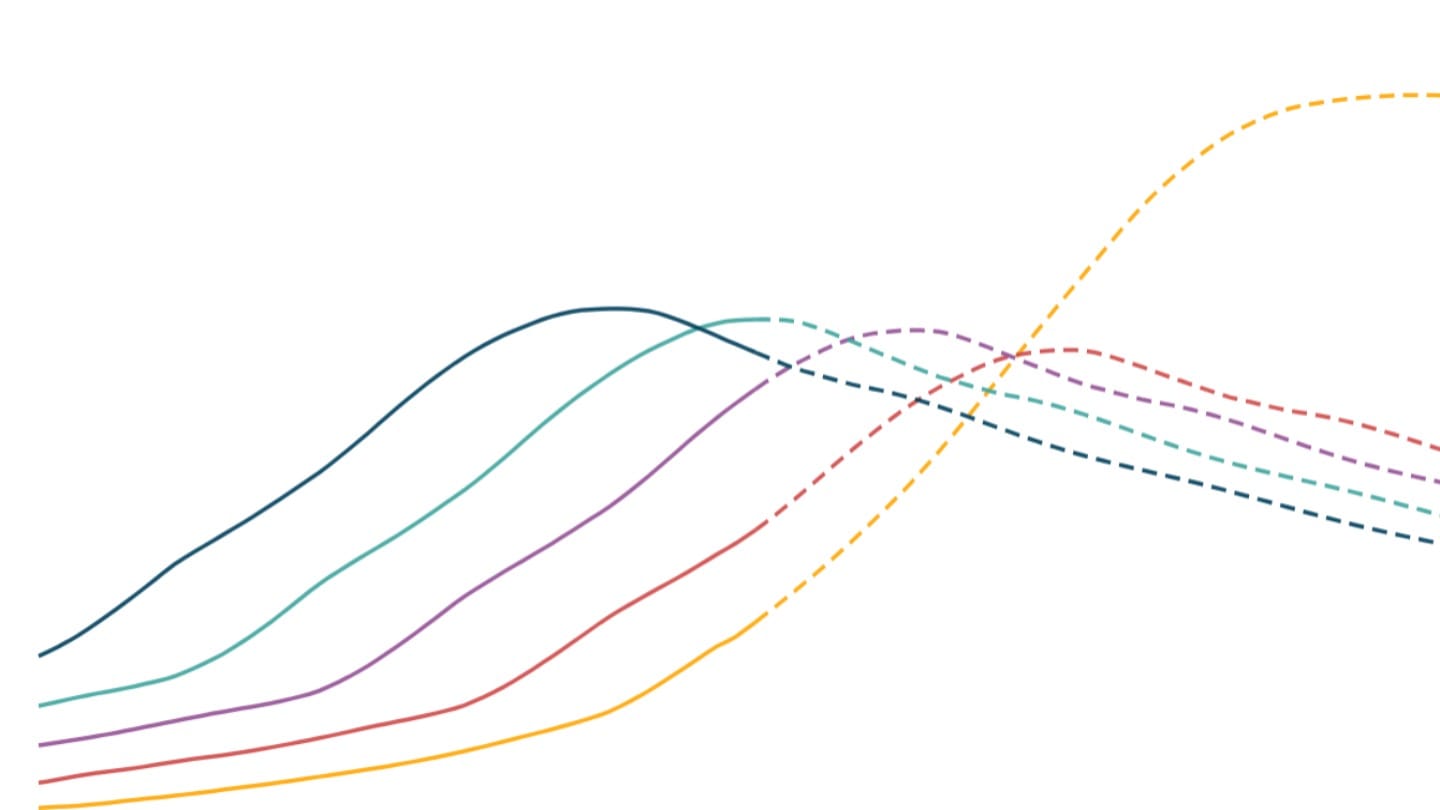Mother's age at childbirth
The majority of births every year in India are to women in their twenties. But as family sizes decline, the age at which women have their children is changing in unusual ways.
Over the last 50 years, India has seen a stunning decline in family sizes. Across the world and over time, women have chosen to have fewer children when incomes, access to education and healthcare improve. These processes are leading to changes in the age at which Indian women have their children.
Falling family sizes
The Total Fertility Rate - a key demographic indicator that estimates the average number of children that a woman will have in her lifetime - has dropped to 1.9 children per woman on average in India.[1] The fertility rate is higher in rural than in urban India; however even in rural India, fertility has now reached replacement levels.
When a country's TFR drops to 2.1, meaning that a woman is expected to have 2.1 children on average over her lifetime, demographers say that the country has reached 'replacement fertility'. This is a key milestone in a country's demographic journey, and is a fertility level that indicates that the population will stop growing larger after some time, and will only replace itself.[2] If fertility falls further below that level, as it has in India, the population will over time begin to decline in absolute numbers.
Fertility has fallen across the country, both in the northern and eastern states that have historically had higher levels of fertility, and in the southern and western states that were already at or below replacement fertility levels. Even in Bihar, India's highest fertility state, TFR is now below 3.0 children per woman.
As a result of this falling fertility, large families are increasingly rare in India. The share of mothers with more than five children is now fewer than one in ten, although this proportion is higher among poorer women and women with lower levels of education.
The narrowing window of fertility
Yet, although Indian women are having fewer children now, they are not having these children much later in life. Over the past two decades, the age at which women have their first child has grown only slightly, by less than two years; the median Indian mother now has her first child at just over 21 years.[3] This tracks closely with changes in the age at which Indian women get married.
What has changed significantly, however, is the age at which women have their last child. As families become smaller, more women are completing all their pregnancies in their twenties and early thirties. As a result, the median age at which an Indian mother has her last child has fallen substantially, by more than five years.
Gradual rise in mother's age at childbirth
Across the world, as incomes and access to education rise, women begin to marry slightly later and have children later. While this is taking place in India as well, the majority of births every year in India are still to women who are in their twenties, as compared to, for example, the United Kingdom where most births are now to women in their thirties.
However, the change in India as well is apparent. Since the 1950s, the majority of births every year in India have been to women in their early twenties. The United Nations' population estimates suggest that this likely changed in the last few years, and that the largest share of annual births in India is now to women in their late twenties.
While in the future mothers in their late twenties and then their early thirties are likely to account for a greater share of births in India, the long-term trend is of fewer children being born every year. As a result of falling fertility, the absolute number of children born every year in India began to fall at the turn of the millennium. This process is expected to only accelerate according to UN projections. What this will mean for the foreseeable future is fewer children born every year to mothers who are choosing to have them incrementally later in their lives.
[1] Sample Registration System annual Statistical reports, Registrar General of India.
[2] The crude explanation is that if two adults have 2.1 children between them, then accounting for childhood and adolescent mortality rates, that couple will produce two adults, and the size of the population will remain the same.
[3] Data are from India's National Family Health Surveys. The NFHS is a large nationally representative household survey conducted by the International Institute for Population Sciences, with supervision by both the Indian government and international agencies. The NFHS began in 1992 and there have been five rounds, with the most recent round conducted in 2019-21.




